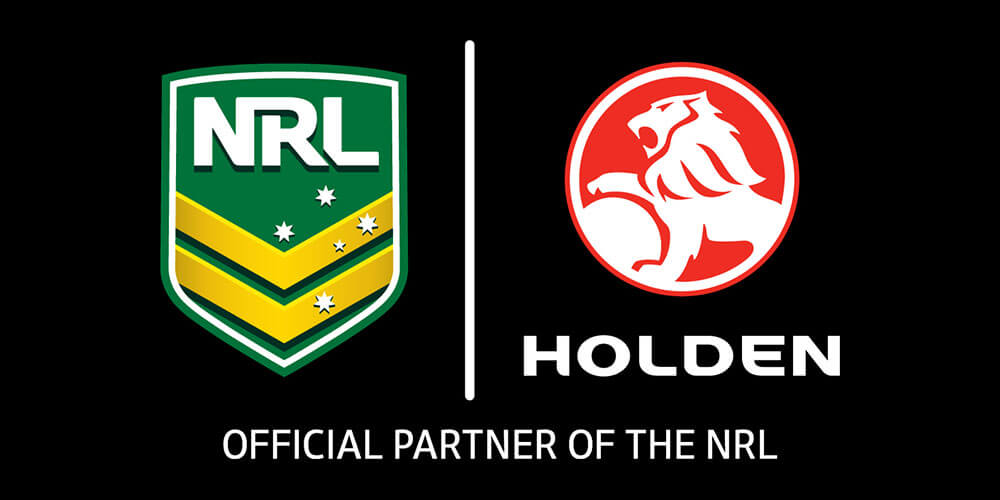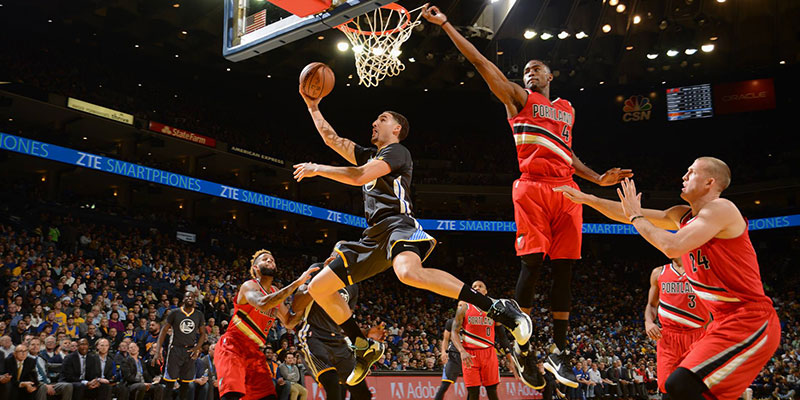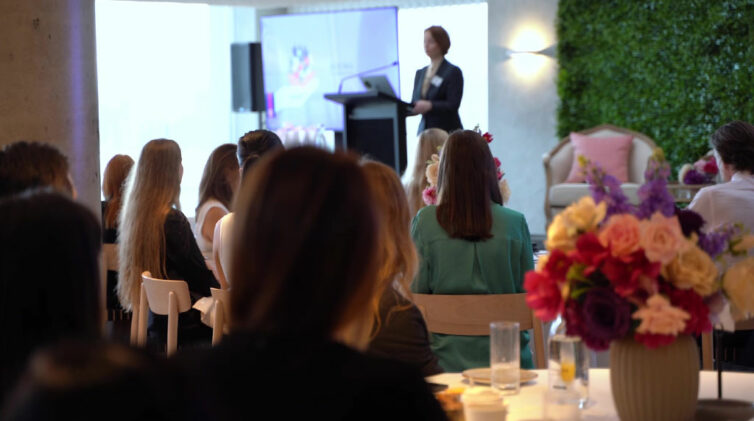TELEVISED sporting events have always been big business but none more so that the FIFA world cup.
In 2015, 3.9 billion people watched the world cup during the year and 700 million were in front of televisions for the final.
These headcounts generate massive revenues for the promoters who sell the rights to broadcasters charging for access to the hearts and minds of sports fans.
To get the rights to televise the world cup, SkySports and BT Sports in the UK paid 5.3 billion pounds ($A9 billion) for the rights just in the UK for three years, while the international rights won the organisers, FIFA, a further 3 billion pounds ($A5.1 billion).
The return on the investment for the television companies is generated by advertising and sponsorship revenues.
In Australia, the AFL and NRL have recently signed television rights for the 2017-2022 period, totalling $A4.3 billion.
The broadcasting rights are broken down to $A2.5 billion for Channel Seven, Fox Sports and digital partner Telstra, while the NRL is $A1.8 billion to Channel Nine, Fox Sports and Telstra.
In the US, NBA events generated $US4.74 billion a year in revenue just for basketball.

Then there’s the US Super Bowl. The cost for a 30-second advertising slot rose this year to $US5 million ($A7 million) and not only attracted a hefty audience of 112.2 million viewers and generated 17 million tweets for the February game, but creates intense rivalry between corporations which are judged by the quality and appeal of their advertisements.
This year, Hyundai placed four different advertisements and became the most popular campaigner, up against rival campaigns from Kia and Mini.
A Stanford Graduate School of Business study, in conjunction with the Humboldt University in Berlin, estimated that the Super Bowl’s biggest advertiser – brewery Budweiser – earns an extra $US96 million ($A133 million) from their ads, receiving a return on their advertising investment of 172 per cent.

Budweiser parent, Anheuser-Busch, has held exclusive rights to national beer commercials in the Super Bowl for more than 20 years.
While researchers found visits to all US car dealerships were down about two per cent in the days following the Super Bowl when compared to visits during the two weeks before the game, Hyundai saw a five per cent increase in showroom traffic because of its four Super Bowl ads.
Kia and Mini also performed strongly, showing about three per cent and four per cent respectively in sales growth compared with the two weeks prior to the game.
Analysis by NEIL DOWLING













 Read More: Related articles
Read More: Related articles

